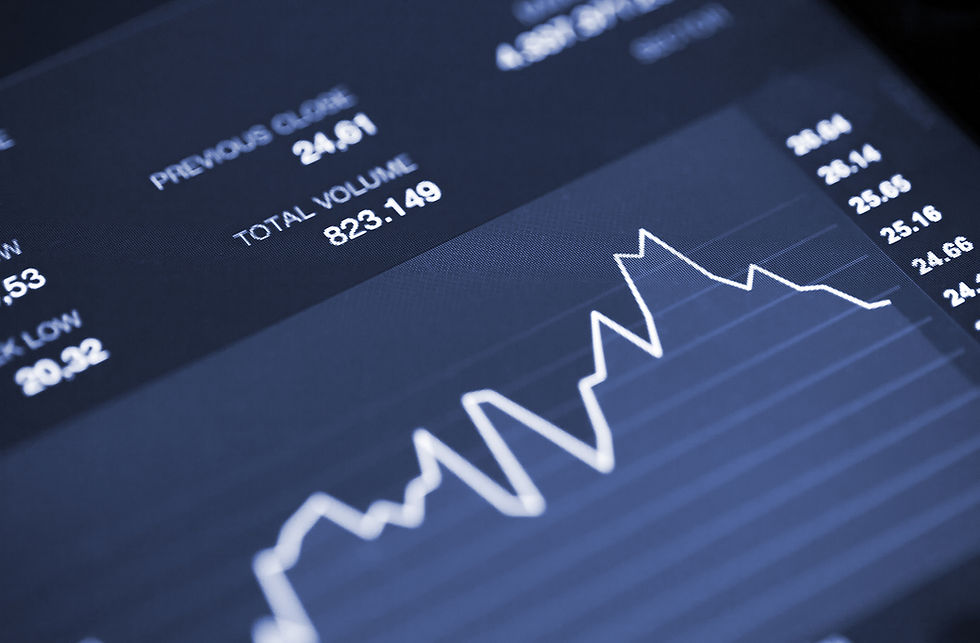Medica Recap
- info8625175
- Nov 27, 2023
- 4 min read
Medica Recap
The Medica conference, held annually in Dusseldorf, Germany, is one of the largest medical product manufacturing B2B trade shows in the world. This year, over 5,300 manufacturers from 70 countries exhibited for over 83,000 healthcare supply chain attendees. For RMS, it is a great opportunity for us to meet with current and prospective manufacturing partners (all in one place), learn about the latest innovations in medical product manufacturing, and discuss the emerging industry trends that may impact our partners and customers.
The Macro
Numerous China-based manufacturers that we met with are developing additional manufacturing assets outside of China. Popular locations for expansion were Mexico, Vietnam, Cambodia with some manufacturers looking into Kenya and other countries in Africa. Some shared that they were looking to regional diversification to manage risk, and/or create more efficient logistics (e.g., Mexico to serve US market, Kenya to serve European market). We also believe that strong pressure from large OEM customers is accelerating these moves. It will be interesting to watch this unfold to see if there is a meaningful move of manufacturing capacity from China-based manufacturers or if this is more playing for optics.
The one notable exception to this trend is exam gloves, as there is a significant amount of idle manufacturing capacity so none of the firms are expanding until demand increases to utilize most of the existing global capacity.
Exam Gloves Category Insights
Total global manufacturing capacity is still significantly greater than total global demand, so we continue to see many glove manufacturers running at partial manufacturing capacity. Several large factories in China continue to take market share from Malaysian firms with what we believe are artificially low prices and are deliberately operating at a gross profit loss to retain and increase that share. For ex-China manufacturers, running at lower capacity makes it very difficult to achieve operating efficiencies that impact costs and ultimately price. The cost of Nitrile Butadeine Rubber (NBR), the key material for nitrile exam glove production, has been trending slightly upwards but still remains historically moderate (we will continue watching this closely as a key pricing indicator).
Major shift in global market share
In 2020, Malaysia manufacturers had 74% of the US market share, while Chinese manufacturers had 14%. Now, China has increased its share to 37% while Malaysia has dropped to 47%. This market share change is significant, especially in a relatively short time in an established and mature industry. Further, 20% of all nitrile exam glove imports to the US comes from one company in China. In this dynamic geopolitical environment, US health systems should understand where their product is coming from and if their supplier is geographically diversified (reminder, those who were heavily reliant on China-based product at the height of the pandemic were most at risk of supply shortages and price volatility).
Energy and Sustainability
Chinese firms currently enjoy much lower energy costs, estimated at $2.70 per case (of 2000 pieces) in China compared to $8 per case (of 2000 pieces) in Malaysia. That may not seem like a big number, but it is significant as a percent of total cost out the door (~15-20%). Keep in mind that Chinese glove manufacturers primarily use coal while Malaysian factories primarily use natural gas, so the lower energy costs in China comes at its own “cost” from an environmental perspective.
Sustainability was a much bigger topic of conversation than in past years, but we are still in the early innings. Some of the leading manufacturers have increased their investment and engagement in sustainability initiatives, and we are starting to see a gap widen between the haves and have nots with respect to a robust sustainability program.
Global supply and demand
With global manufacturing capacity much higher than demand, it is difficult for manufacturers to reach operating efficiencies, and as such, we have an increased likelihood of a shakeout with some firms unable to survive the next 2 years.
As shown in the chart above, it is anticipated that global demand will come into balance with production capacity sometime around 2025, and at that point we anticipate that global pricing will rise across the board, possibly sharply.
Non-Sterile Protective Apparel Category Insights
Apparel manufacturers have been operating well below capacity for the past 2 years experiencing the boom-and-bust demand pattern of the pandemic, combined with new manufacturing capacity that came online to support the peak demand of 2020. Protective gowns experienced the most significant spike in demand during covid and many US customers had extreme inventory surplus that is taking years to work through. We are getting to the point now that much of the remaining surplus inventory will be coming up on the end of its shelf life (many gown products have a 3-year expiration label), so we expect this market demand to normalize in coming months. China remains the dominant player in manufacturing output, but we have seen diversification globally with more production moving to Vietnam, Cambodia, Laos, the Philippines, India, Bangladesh, with more developing in Mexico and South America to serve the US market. Price sensitivity with the end customer has returned to this market, presenting challenges for manufacturers outside of China and Southeast Asia to compete. This is counterbalanced by large US customers applying pressure to manufacturers to have production capacity outside of China. The question remains, as with other categories, whether customers are willing to pay a premium for ex-China manufacturing.





Comments